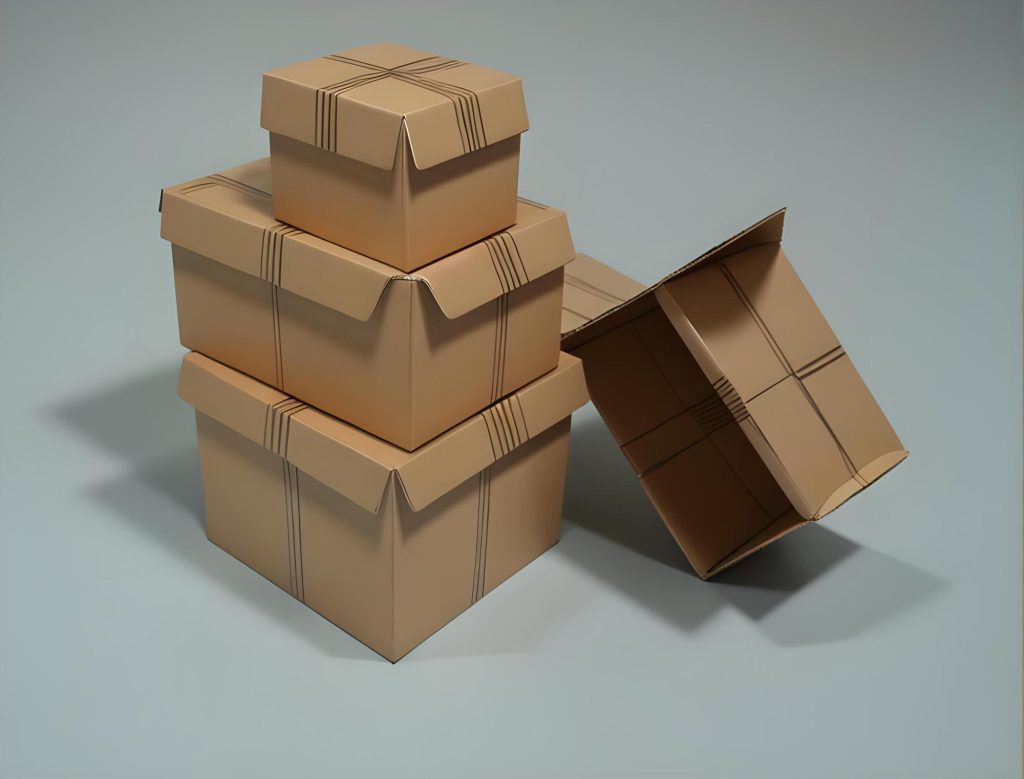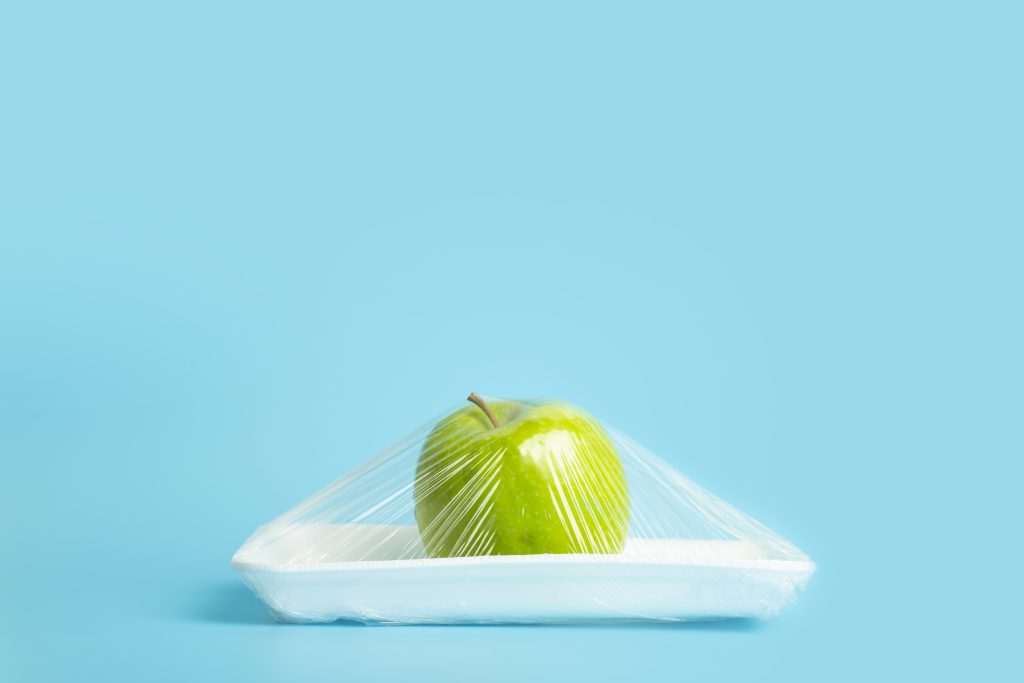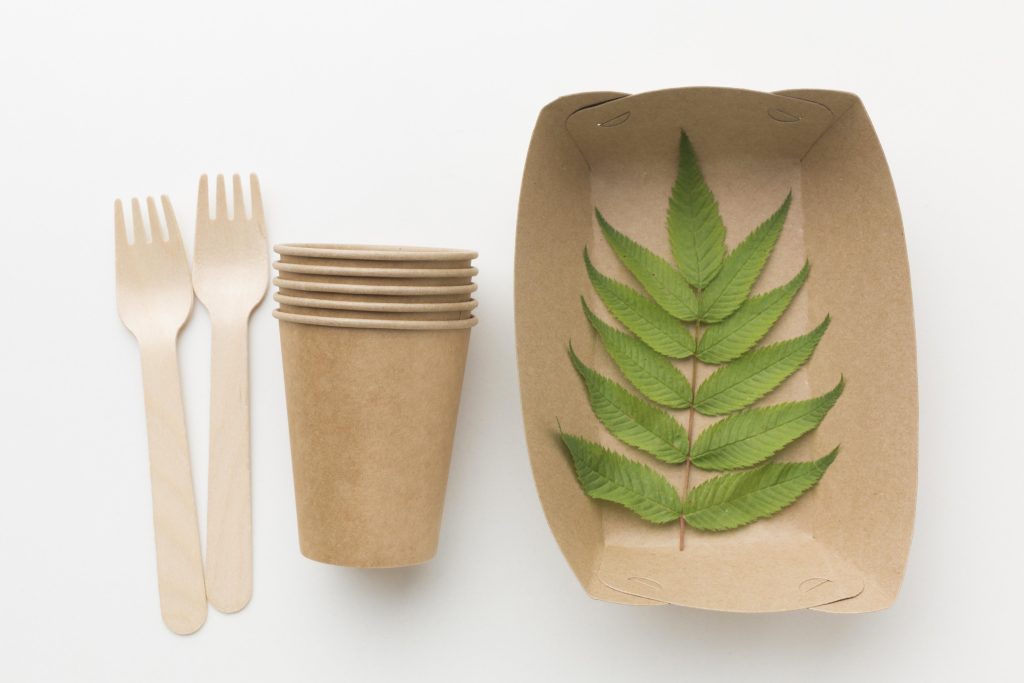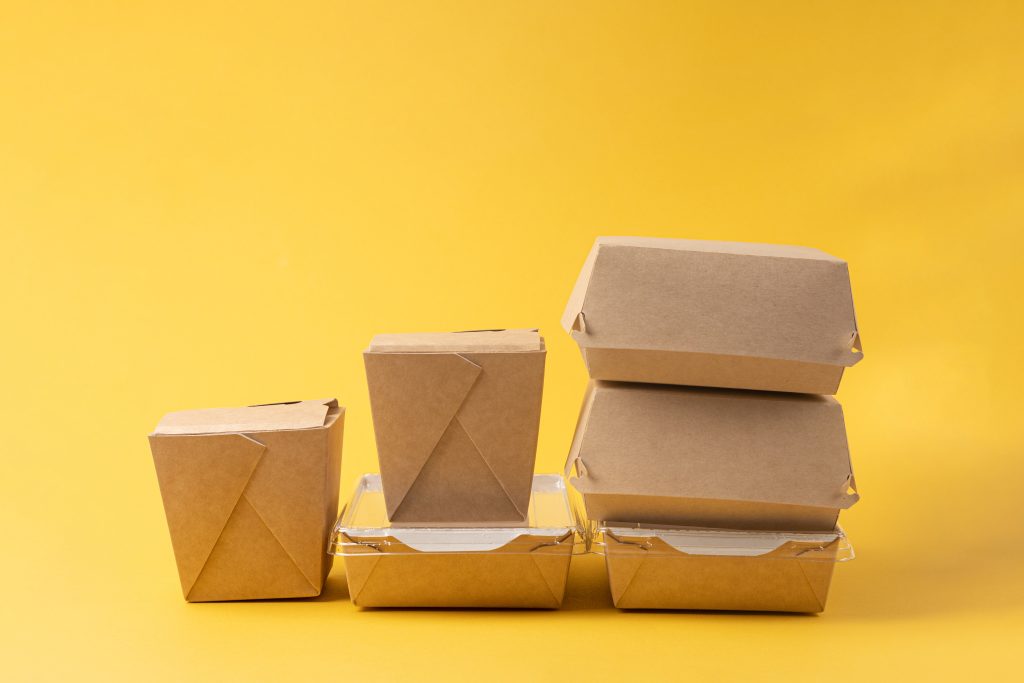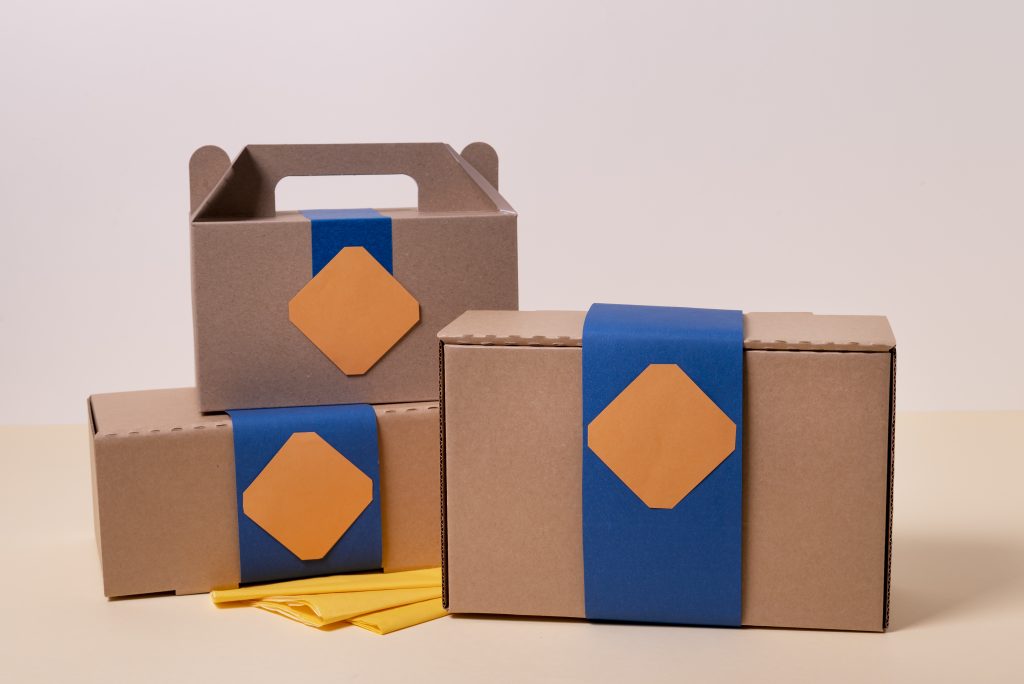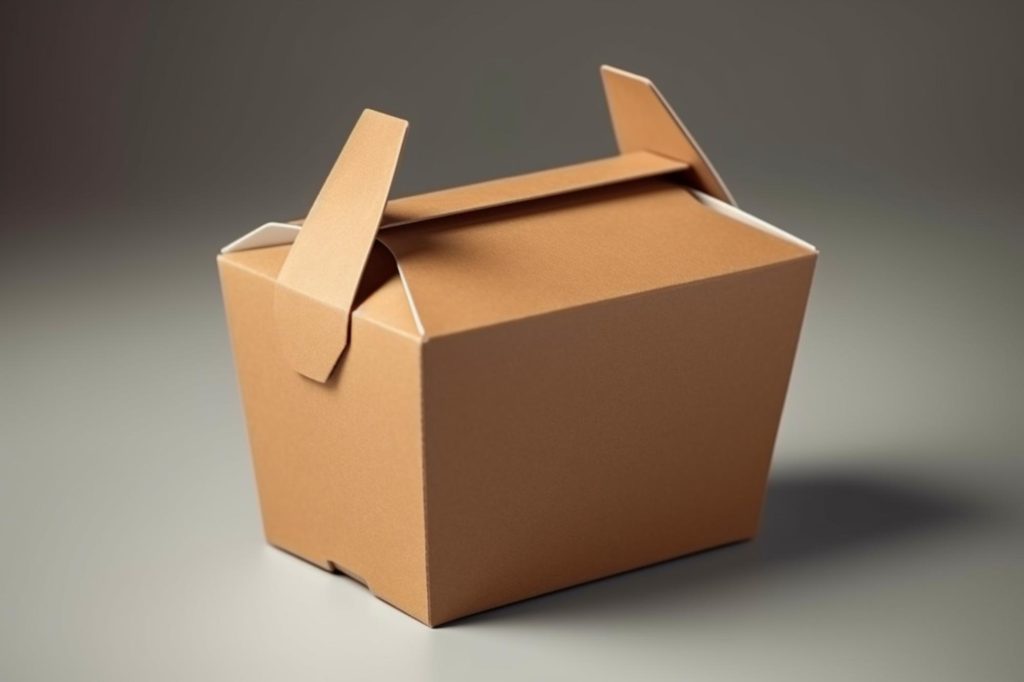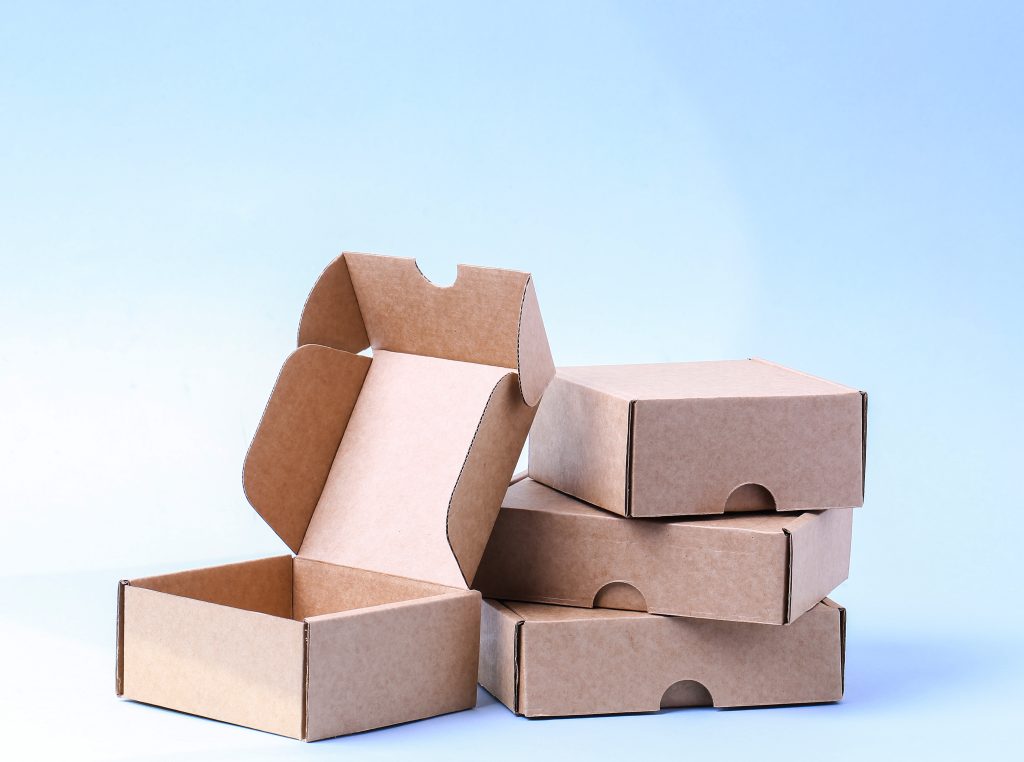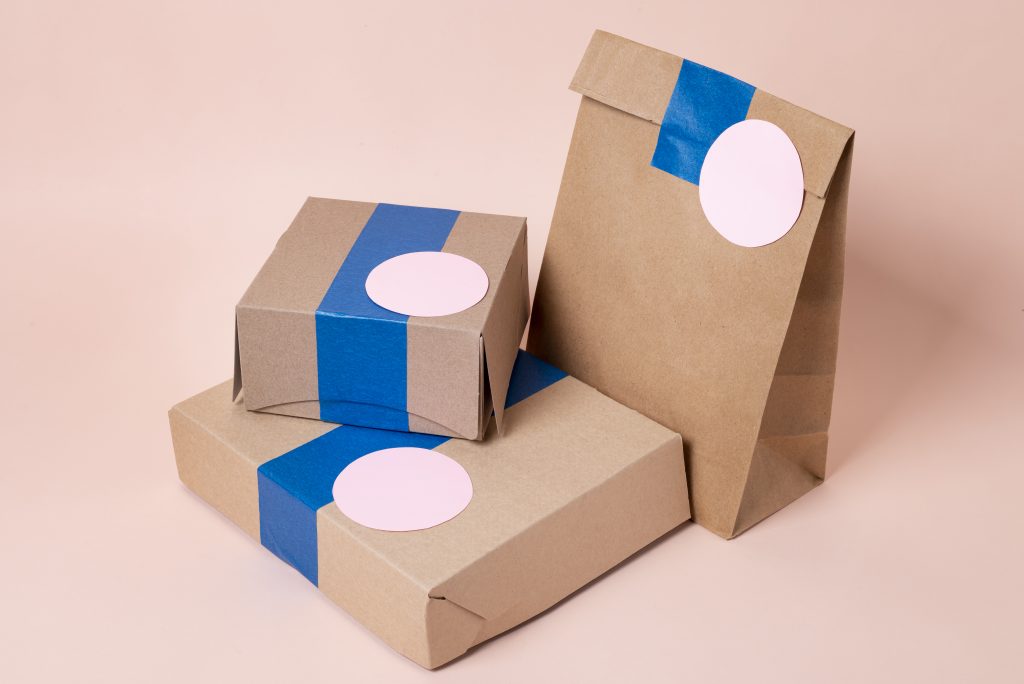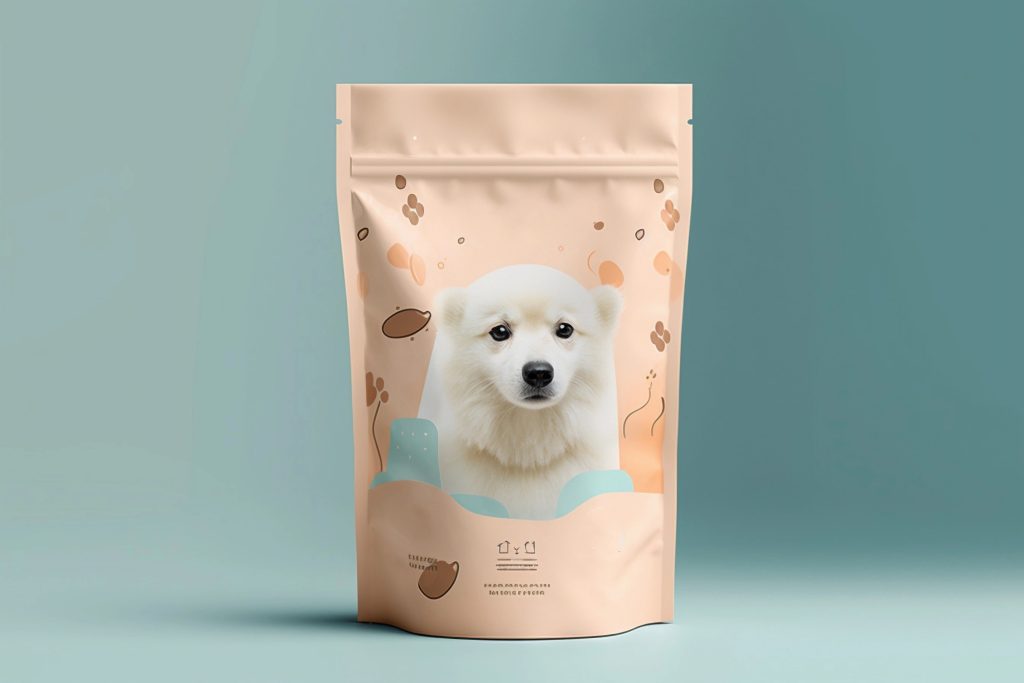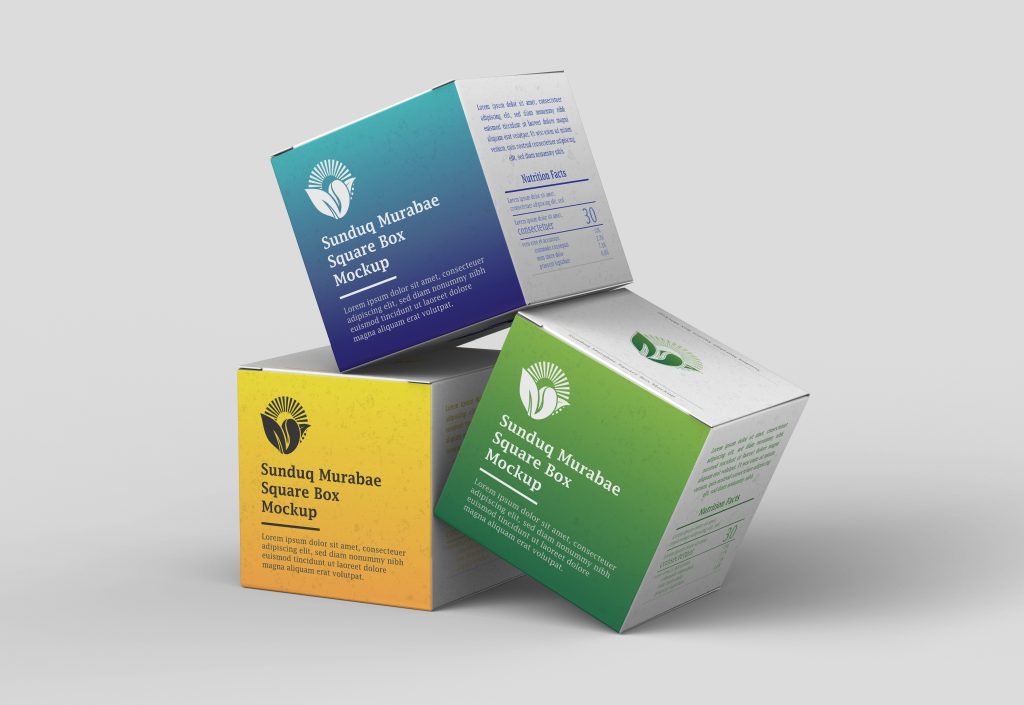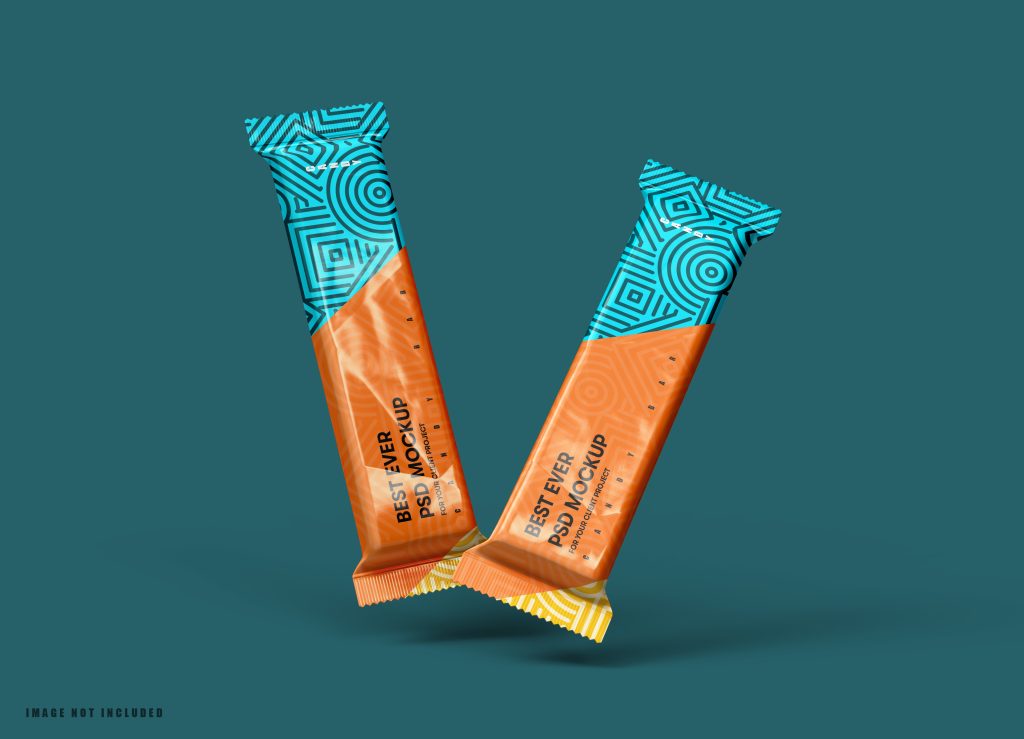Course in Packaging Engineering: Materials, Technologies, and Fundamentals of Packaging Design in Light of New Regulations
Materials for Packaging:
Solid and corrugated cardboard:
Solid cardboard is a multi-layered, sturdy paper often used for high-quality packaging, such as luxury product boxes or gift packaging, known for its rigidity and attractive presentation. Corrugated cardboard, on the other hand, consists of a corrugated core between two flat paper sheets and is widely used for transportation packaging, providing good protection against impacts and vibrations.
Traditional plastics:
Traditional plastics like polyethylene (PE), polypropylene (PP), polystyrene (PS), and PVC are extensively used in packaging due to their lightweight, strength, flexibility, and versatility. However, concerns about environmental pollution have led to increased attention towards more sustainable solutions.
Bioplastics:
Bioplastics are made from biodegradable and compostable materials, such as cornstarch or other plant sources. They offer a potential alternative to traditional plastics as they have lower environmental impact and can be used for compostable and biodegradable packaging.
Adhesives:
Adhesives are essential for bonding the parts of packaging and ensuring their structural integrity. They are used to glue different components, such as box closures or labels on packaging.
Inks:
nks used in packaging must be safe for food contact (in the case of packaging for food products) and have characteristics of wear and abrasion resistance. In recent years, water-based inks or low volatile organic compound (VOC) inks have been developed to reduce environmental impact.
Packaging Production Technologies:
Carton packaging production technologies include cutting, folding, gluing, and printing on solid or corrugated cardboard to create boxes and containers of various shapes and sizes.
Offset printing: Offset printing is an indirect printing technique involving the transfer of the image from a printing plate to a rubber cylinder and then onto the printing substrate (cardboard or paper). It is a high-quality printing technique ideal for high-end packaging.
Flexography: Flexography is a rotary printing technique that uses relief plates to transfer ink onto the substrate. It is often used for printing on flexible materials such as plastic films and greaseproof paper.
Rotogravure: Rotogravure is a rotary printing technique primarily used for flexible packaging. It involves the use of engraved cylinders that transfer ink onto the packaging material.
Enhancements:
Applying a thin layer of transparent or opaque material to protect the printed image and add finishing (e.g., glossy or matte).
Applying transparent varnish to protect and enhance the appearance of the printed image.
Applying a design or text with a colored foil through heat and pressure.
Creating tactile reliefs on paper or cardboard.
Innovative packaging solutions include design elements, shapes, colors, and materials that aim to emotionally engage the consumer and create an emotional connection with the product. This may involve the use of captivating illustrations, storytelling, interactive elements, and the application of special printing techniques such as metallic or fluorescent effects.
Digital printing: Digital printing allows for customization and small-scale production, ideal for limited editions or personalized packaging. Digital printing can also be used to add QR codes or other variable information.
Screen printing: Screen printing is a printing technique that uses a mesh frame to transfer ink onto the surface of rigid and flexible packaging. It can be used to apply special inks or unique effects.

